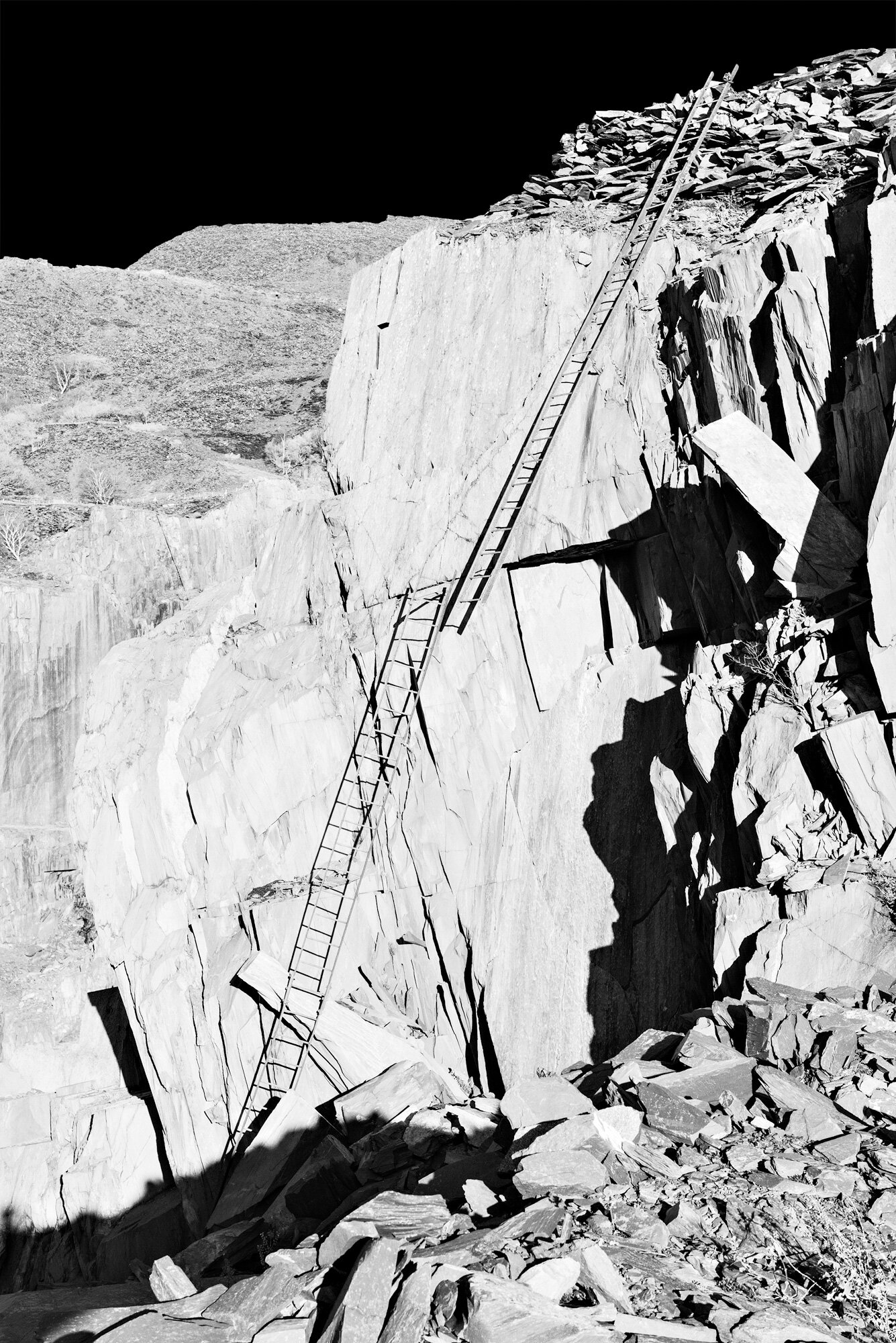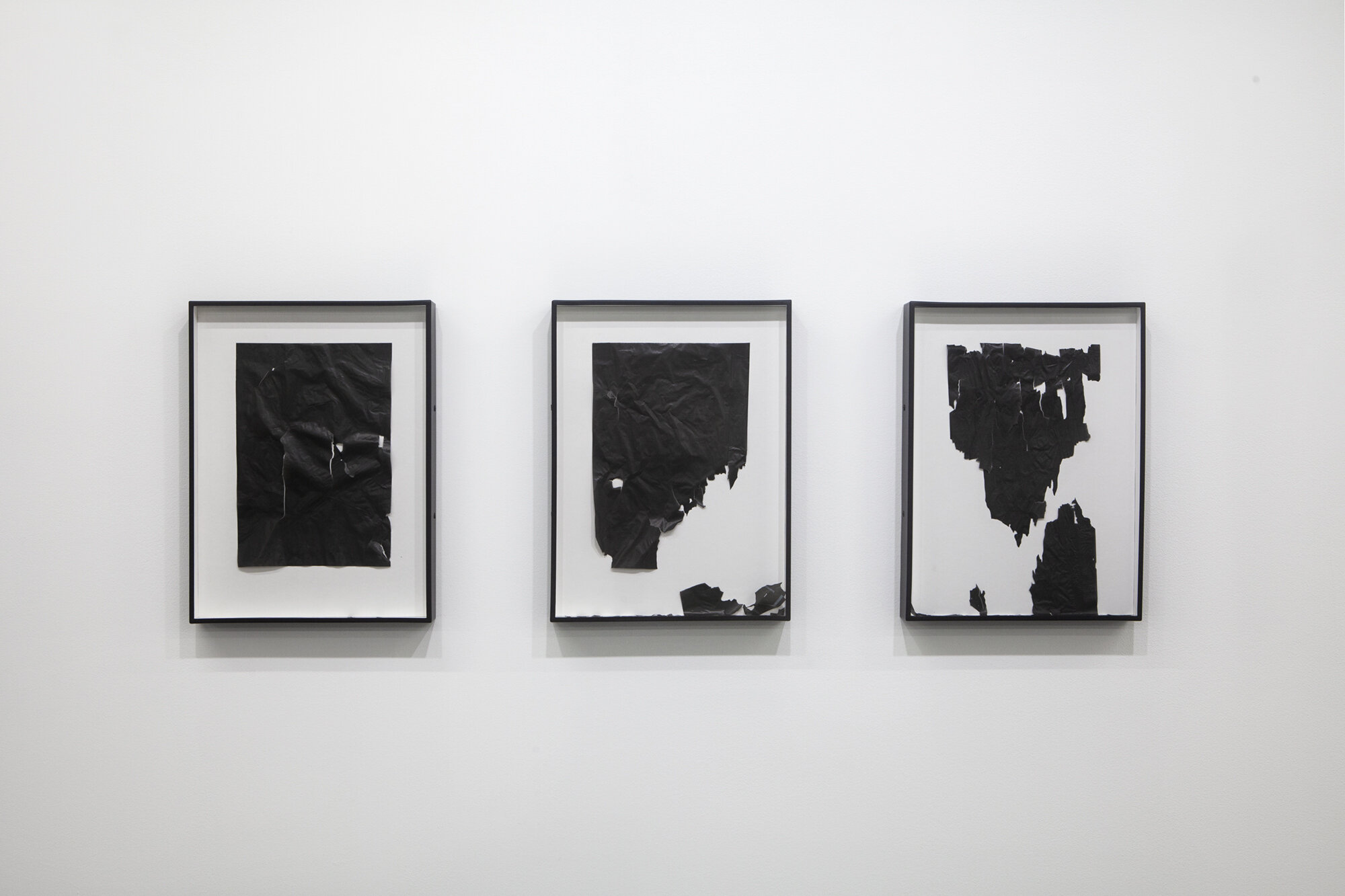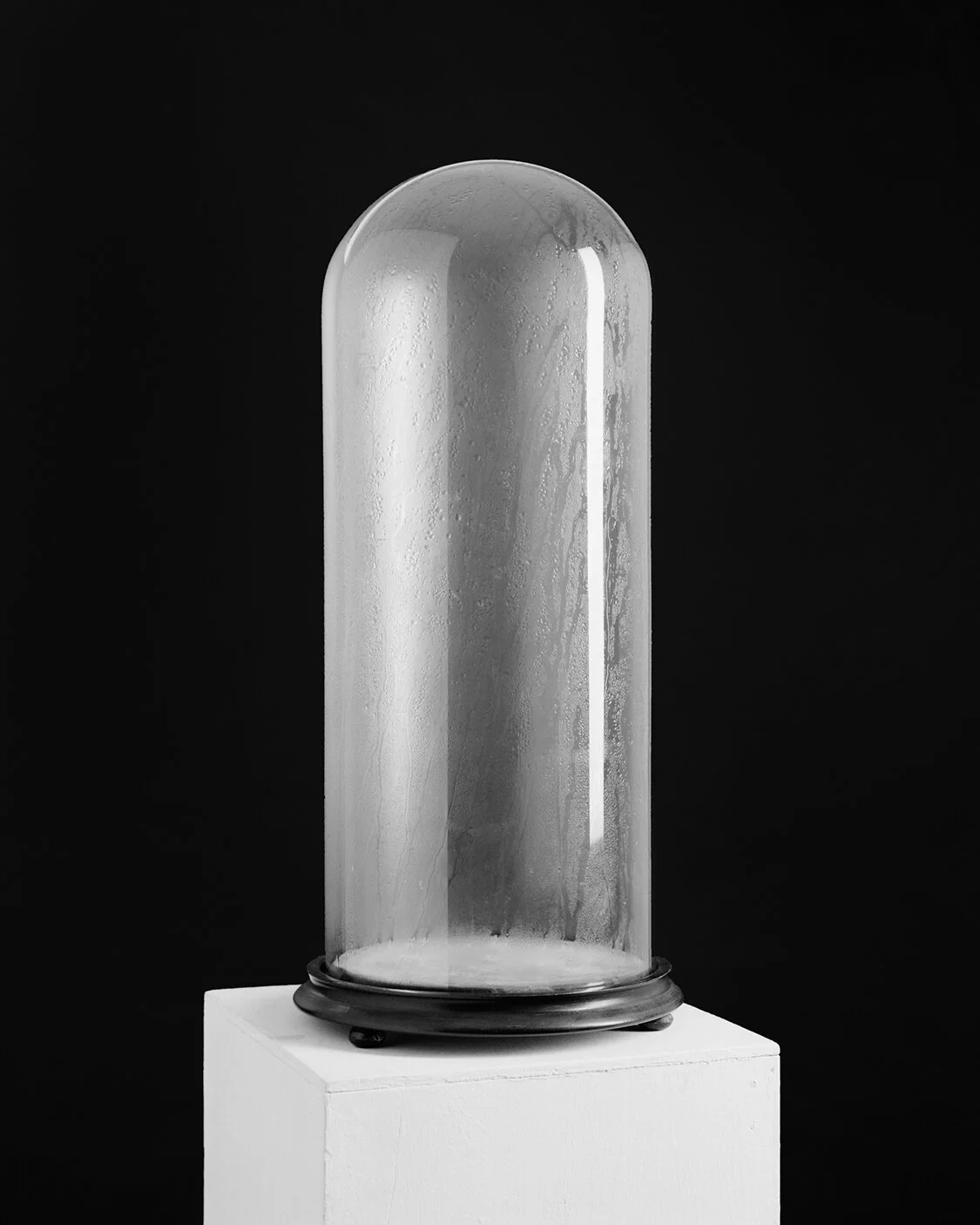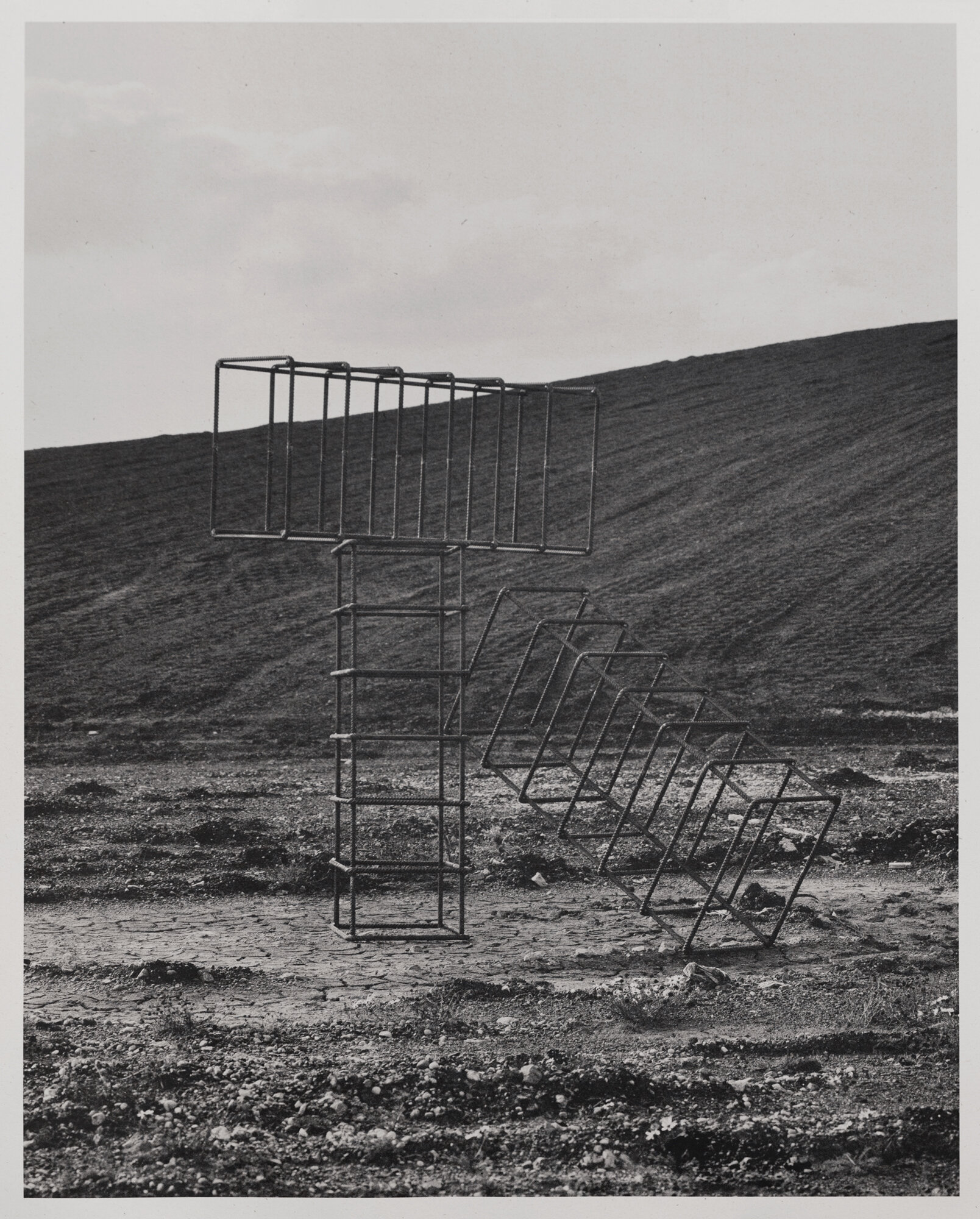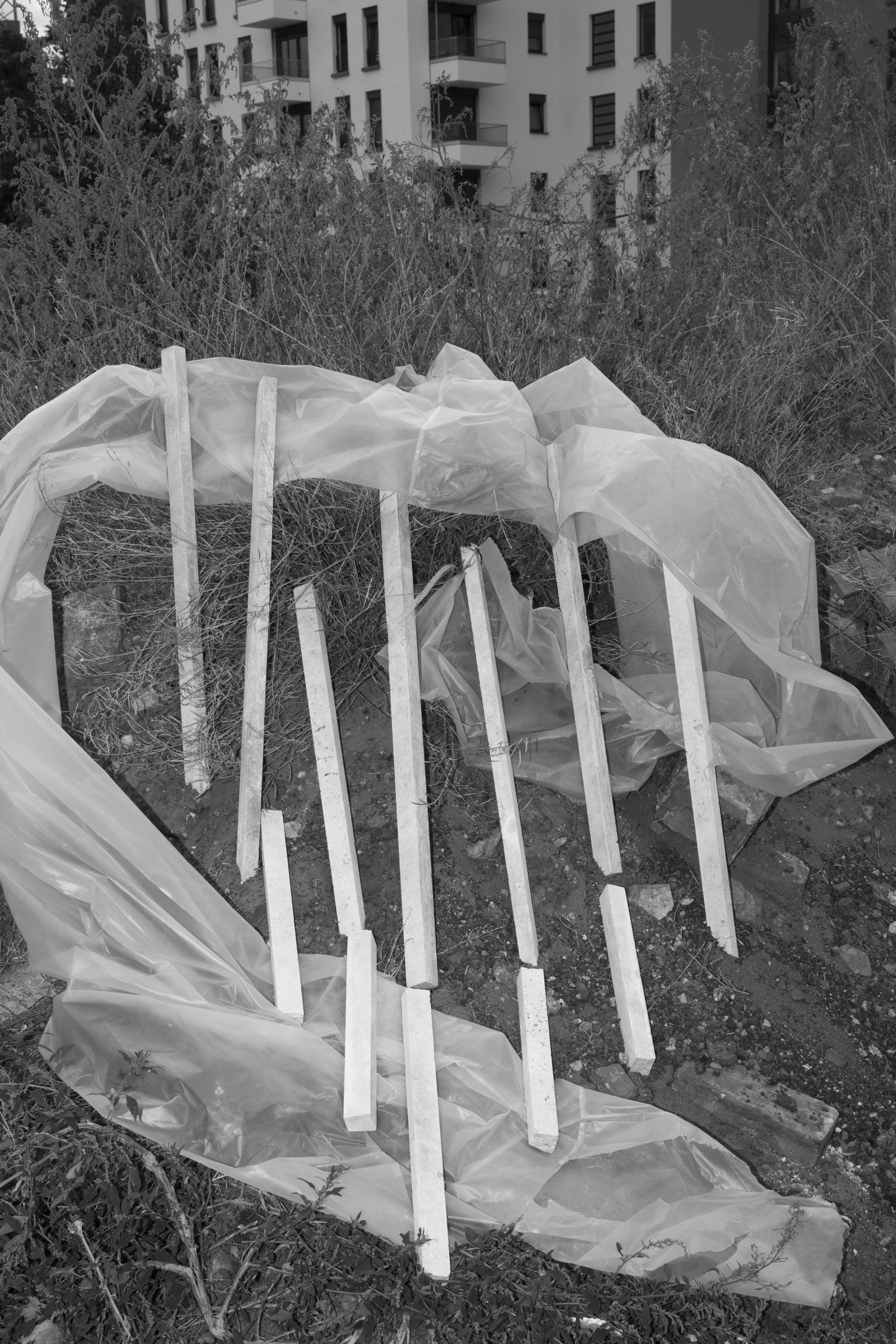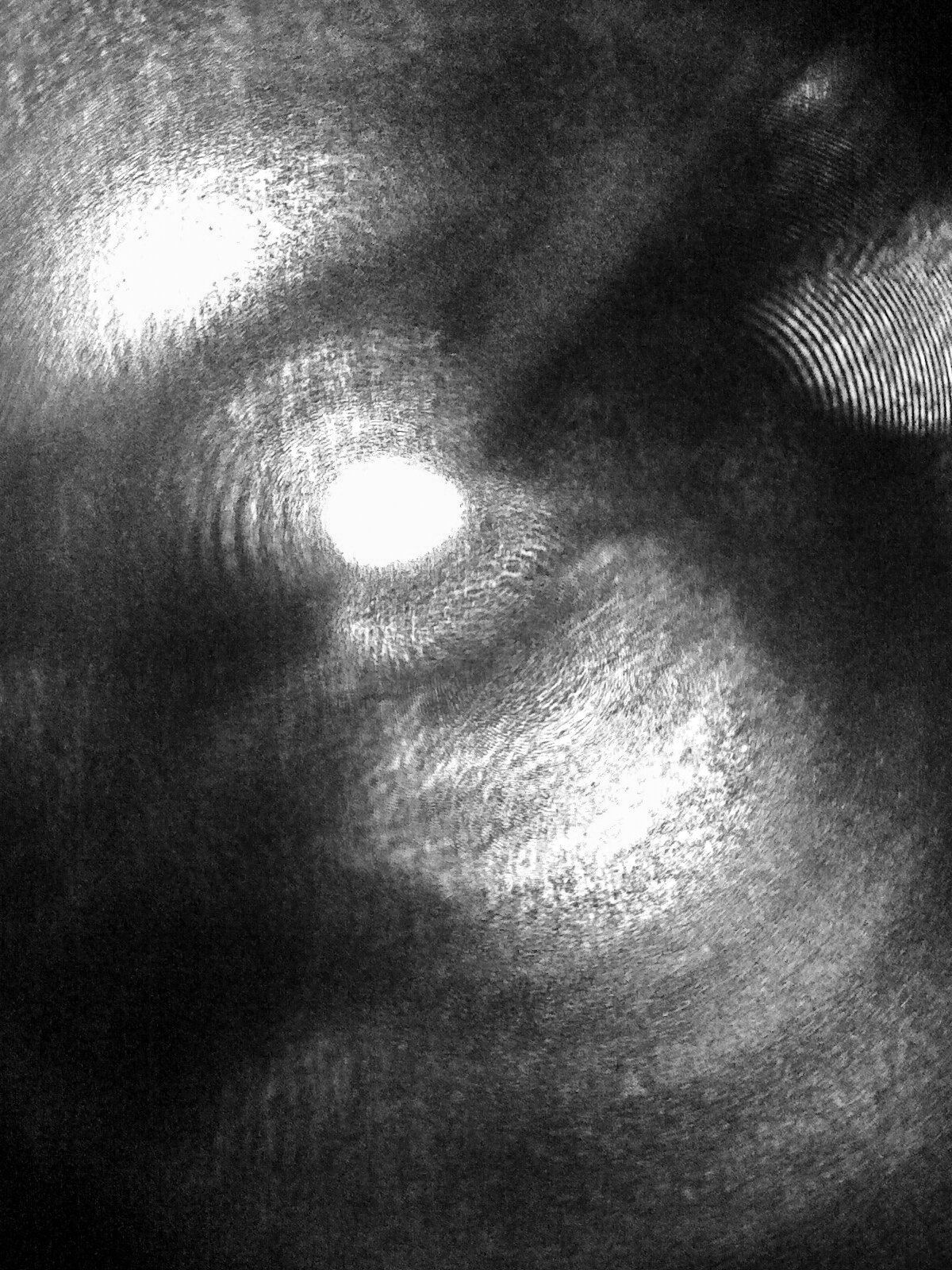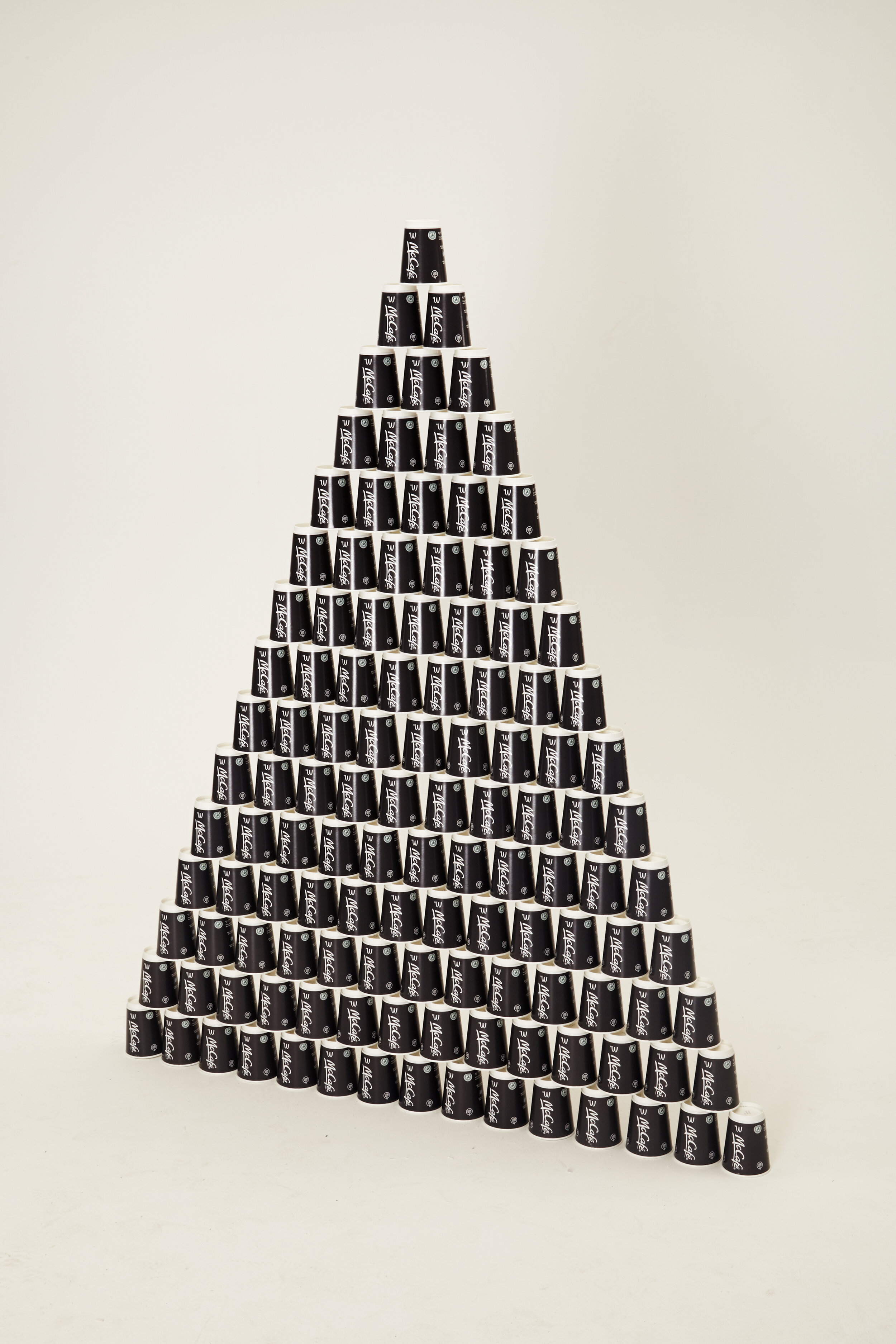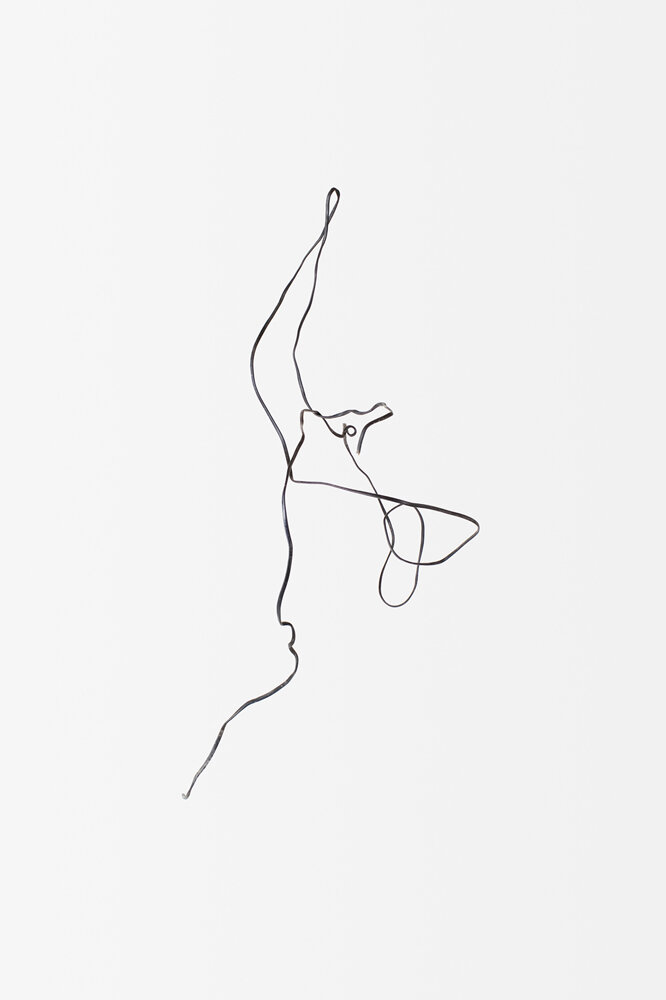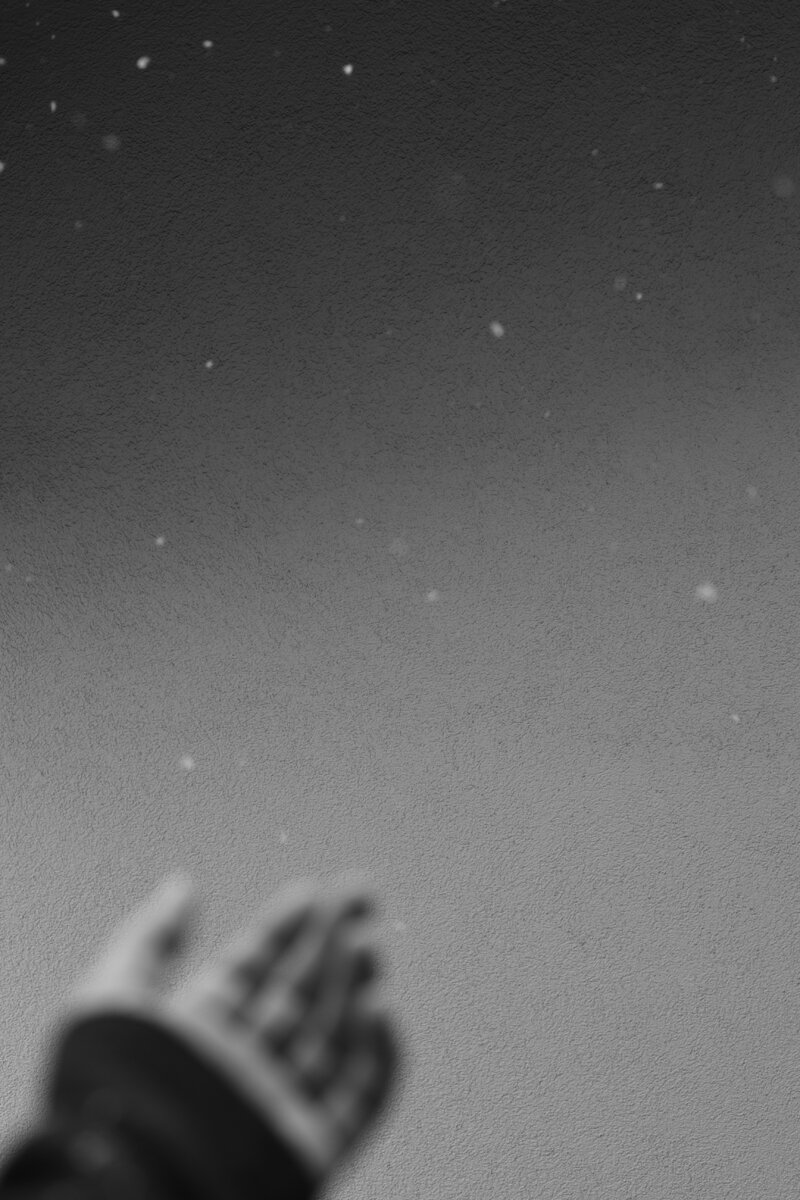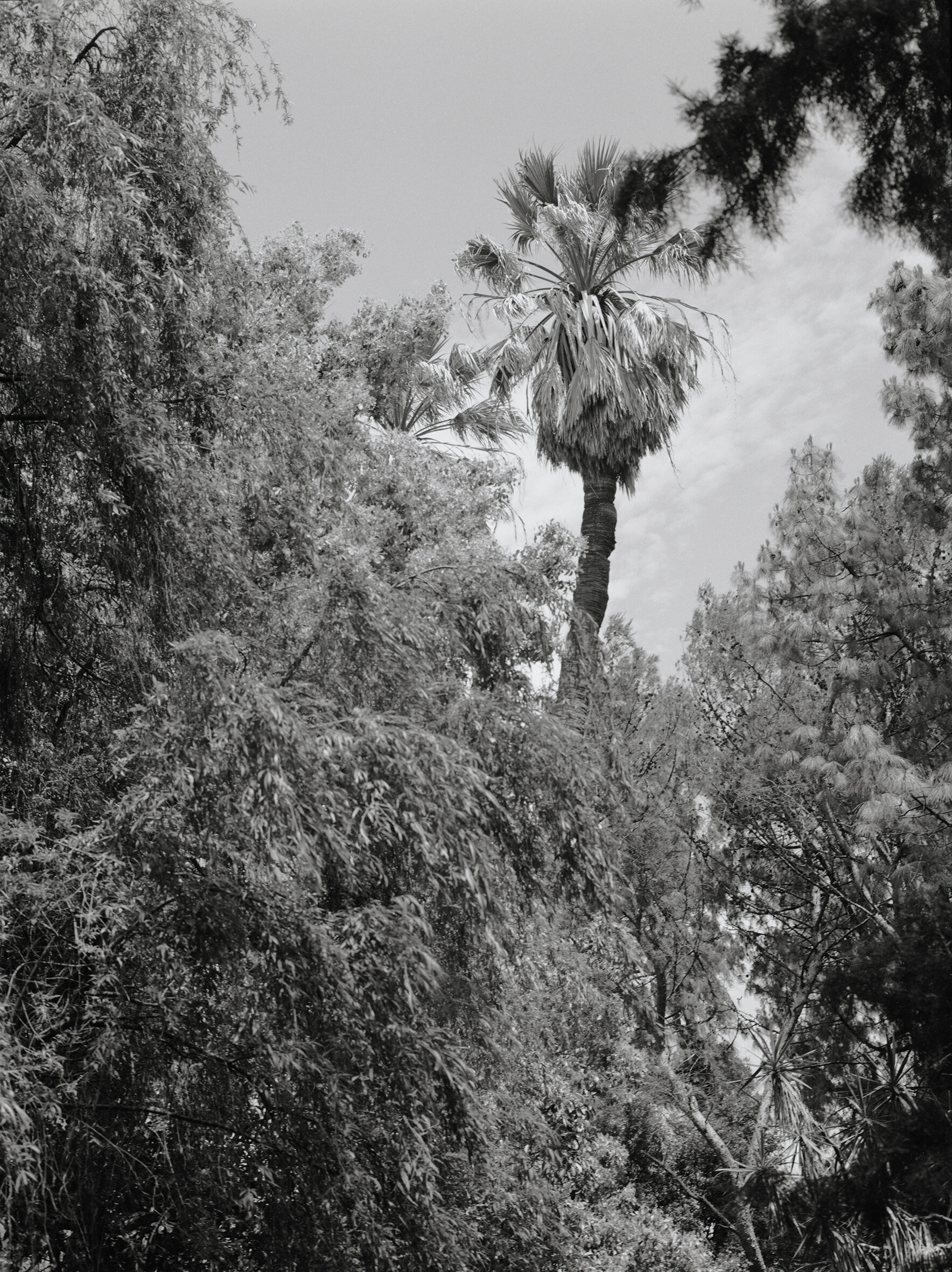Tom Hatton #12
COLLECTIVE 12
TOM HATTON
Collective focus on the artistic process of one emerging artist; we learn about their sculptural practice and how it relates to construction, deconstruction, or both. Questions by Joanna Cresswell.
Tell us about your process. What reference or influence (if any) do you take from other mediums? I've always been fascinated by the photographic image and its potential to transport the viewer. My practice started from a photographic approach but now deals with process and other media in combination with the image. My influences encompass a broad spectrum and not solely artistic or photographic. In addition to history and anthropology, I have always been interested in philosophy, science, films, books and poetry. Recently I've been interested in ideas surrounding synchronicity and time as an extension of space. The current exhibition at the MK Gallery, ‘How to Construct a Time Machine’, curated by Marquard Smith, was very inspiring for a new piece I'm working on; particulary Elizabeth Price and Thomson & Craighead.
Are these pictures concerned with exploring formal and aesthetical interests – studies of form, colour, movement, how things work together, or are they representational, metaphorical? What is the weight that holds these pictures together? There are two series of work represented here while very different in approach they do have an inverted relationship surrounding perspectives on time. ‘Atomos’, (‘Uncuttable’ > Ancient Greek) are images of carved stone spheres that were made 4,000 - 5,000 years ago in the north east of Scotland. They are formally fascinating, mathematically pure, and yet, with almost 400 found in various guises, no one is close to having a reasonable theory as to what they are, or why they were made. As they exhibit only very minor signs of wear and tear over the millennia, it can been ruled out that they were used as tools, weapons, or in any kind of throwing game. The most comfortable explanation, given that in most cases they were carved out of granite, was that they had some important denotive or symbolic function. With this now lost they can only exist formally as a pure art object. In this state they shine mirror-like for whichever present projects a new theory for their existence. In ‘Outpost’, I wanted to create a fictional space, a space both plausible and implausible and like a Borges story, neither dystopian nor utopian. The images were made in what was once the world’s largest disused stone quarry in North Wales. The sky was then digitally removed to create an impossible, unfamiliar environment. With both these works there was a strong emphasis on their modes of presentation. The triptych for ‘Outpost’ is printed as a halftone dot on a large 60” x 40” sheet of newsprint and hung, floating, away from the wall. The stone spheres exist as a back projection onto a screen. Thinking of Lacan, I wanted to use the screen to reference the position of the image, upon which the various mechanisms of projection occur. The original images were made on 5x4 film, then scanned, digitally manipulated to pixellate the shadows, and then re-written to slide film to be re-projected, so there were a few stages of translation.
Are you a photographer or an artist using photography? I am an artist using photography
Does your work reflect on the medium of photography or the photographic image? If so, is that intentional? So far I’ve been interested to explore the unique potential of what the photographic image can do, how it can communicate, where it can take you and the positions of discovery it can offer. Adding to theories that question the nature of the medium is not something I’ve been burning to pursue thoroughly yet.
Typically, are your works more about construction or deconstruction? On the whole I like to make works which construct vantage points from which to analyse.
Are you interested in the notion of your pictures as objects? Do you think about how their physicality may endure as you are photographing them or is that an afterthought? Yes it is something I work with. As I mentioned above both these projects sought out modes of presentation away from a traditional photographic print and in ways which become intrinsic to the works.
Often sculptural photographic works are concerned with elevating banal objects, situations or events to a status of ‘art’ – when does something become art for you? I’m attracted by art which has an element of attraction, both physically and conceptually; Art which facilitates a longer engagement and opens up spaces for reflection. Once something has become isolated and elevated to the status of art, the piece itself is obviously transported outside its traditional contextual relationships. For me, in turn this shifts the meaning of banal from its place within the world, to an analysis of the aspirations of the maker and the nature of the artwork.
WWW.TOM-HATTON.CO.UK
Titles from top:
Atomos and Outpost
